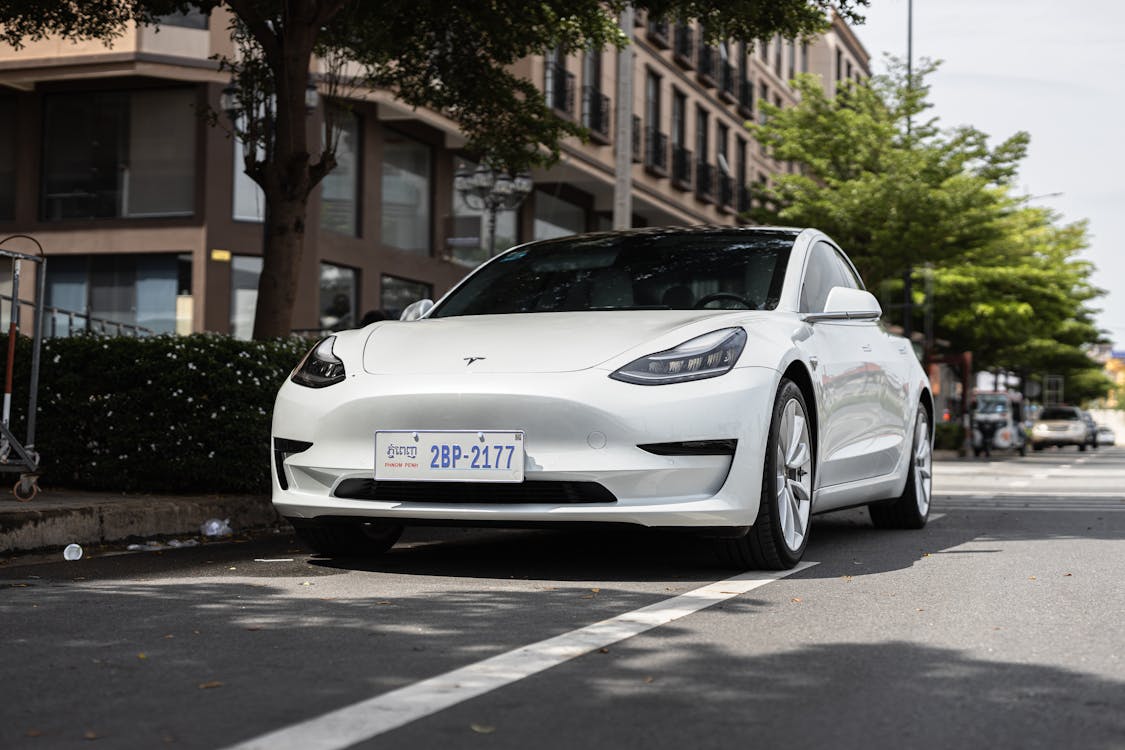
SpaceX, the brainchild of visionary entrepreneur Elon Musk, has been making waves in the aerospace industry since its founding in 2002. With a mission to reduce the cost of space travel and ultimately make life multiplanetary, SpaceX has transformed the space industry with its groundbreaking innovations, reusable rockets, and ambitious projects like Mars colonization. What was once thought of as the realm of government agencies has now become a competitive field driven by private companies like SpaceX. Let’s dive into the story of how SpaceX is revolutionizing space travel and redefining humanity’s future in space.
The Birth of SpaceX
Elon Musk, inspired by the goal of advancing human space exploration, established SpaceX with the ultimate vision of enabling humans to become an interplanetary species. The company aimed to develop affordable and reusable rockets, which would drastically lower the cost of launching payloads into space. However, the road to success wasn’t easy, and SpaceX faced numerous challenges in its early years.
In 2006, SpaceX’s first rocket, Falcon 1, failed three times before a successful fourth launch in 2008. That same year, the company received a contract from NASA to provide cargo transportation to the International Space Station (ISS), marking a major milestone in its journey. From then on, SpaceX never looked back, steadily pushing the boundaries of what was thought possible in space exploration.
Reusability: A Game Changer in Spaceflight
One of the most significant achievements of SpaceX has been the development of reusable rockets. Traditionally, rockets were discarded after a single use, making space travel extremely expensive. SpaceX changed that paradigm with the Falcon 9, a rocket designed to return to Earth and be reused multiple times. In 2015, SpaceX achieved the world’s first successful vertical landing of an orbital rocket booster, a breakthrough that demonstrated the feasibility of reusability.
Reusable rockets significantly reduce the cost of launching satellites, cargo, and even humans into space. Today, Falcon 9 boosters are routinely reused for multiple launches, drastically cutting costs and making space more accessible than ever before. This breakthrough was key to making SpaceX a competitive player in the commercial space industry.
Falcon Heavy and Starship: Reaching New Heights
In 2018, SpaceX made headlines with the launch of the Falcon Heavy, the most powerful operational rocket in the world. Capable of lifting nearly 64 metric tons into orbit, Falcon Heavy was designed to carry larger payloads to the Moon, Mars, and beyond. The launch was made even more iconic by the fact that Elon Musk’s personal Tesla Roadster was sent into space as part of the mission, with a dummy astronaut named “Starman” in the driver’s seat.
However, the ultimate goal for SpaceX is Starship—a fully reusable spacecraft designed to carry large numbers of passengers to destinations like the Moon, Mars, and potentially deep space. Starship represents Musk’s vision of interplanetary travel and colonization, with a focus on settling humans on Mars. Still in development, Starship promises to revolutionize space travel by making it affordable and sustainable on a large scale.
NASA Partnerships and Crew Dragon
SpaceX’s partnership with NASA has been pivotal in its success. In 2012, SpaceX became the first private company to dock a spacecraft with the ISS using its Dragon cargo spacecraft. This was followed by even more groundbreaking achievements, including the development of Crew Dragon, a spacecraft designed to carry astronauts into space.
In 2020, SpaceX made history again by launching NASA astronauts into orbit aboard the Crew Dragon as part of the Demo-2 mission. This was the first crewed spaceflight from U.S. soil since the Space Shuttle was retired in 2011. SpaceX’s ability to transport astronauts marked the beginning of a new era in human space exploration, where private companies play a central role in manned missions.
Starlink: A Global Internet Network
While space exploration remains the core focus, SpaceX has also ventured into other domains, such as providing global internet access through its Starlink project. Starlink aims to create a network of thousands of small satellites in low Earth orbit (LEO) to deliver high-speed internet to even the most remote regions of the world.
As of now, SpaceX has already launched over 4,000 Starlink satellites and is providing internet services in multiple countries. The goal is to create a reliable, global internet network that bridges the digital divide and brings connectivity to underserved areas, revolutionizing the way the world stays connected.
The Road to Mars
One of Elon Musk’s most ambitious goals with SpaceX is to make human settlement on Mars a reality. The development of Starship is central to this plan. Musk envisions a fleet of Starships ferrying people, equipment, and supplies to Mars, with the goal of building a self-sustaining colony on the Red Planet. He has stated that this could happen as early as the 2030s, with the first human landing on Mars possibly within this decade.

While the dream of colonizing Mars may seem far-fetched, SpaceX has proven time and time again that it can achieve what was once considered impossible. The company’s progress in rocket technology, reusability, and long-duration space travel makes the goal of Mars colonization not just science fiction, but a potential future.
SpaceX and the Future of Space Exploration
SpaceX’s achievements have had a profound impact on the aerospace industry, paving the way for other private companies to enter the space race. The company’s focus on cost efficiency, reusability, and ambitious goals has accelerated the pace of innovation in space exploration, and many experts believe we are entering a new golden age of space travel.
The commercial space sector is now booming, with companies like Blue Origin, Rocket Lab, and others racing to develop new technologies and services. SpaceX’s success has proven that private enterprises can play a key role in the future of space exploration, complementing government agencies like NASA and contributing to humanity’s expansion beyond Earth.
SpaceX has redefined what is possible in the realm of space travel. From reusable rockets to crewed missions and the prospect of Mars colonization, the company has become a driving force in the aerospace industry. Elon Musk’s vision of making life multiplanetary is no longer a distant dream but a tangible goal on the horizon. As SpaceX continues to innovate and push boundaries, the future of space exploration looks brighter and more exciting than ever.
In the coming decades, we may witness the first humans walking on Mars, made possible by the groundbreaking efforts of SpaceX. And while the stars may still seem far away, SpaceX is bringing them closer, one launch at a time.










